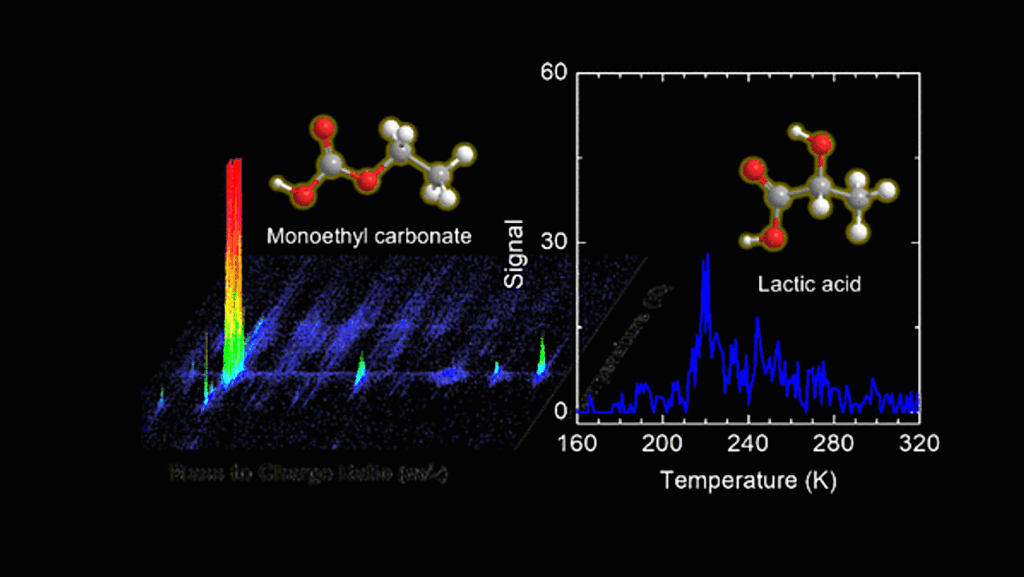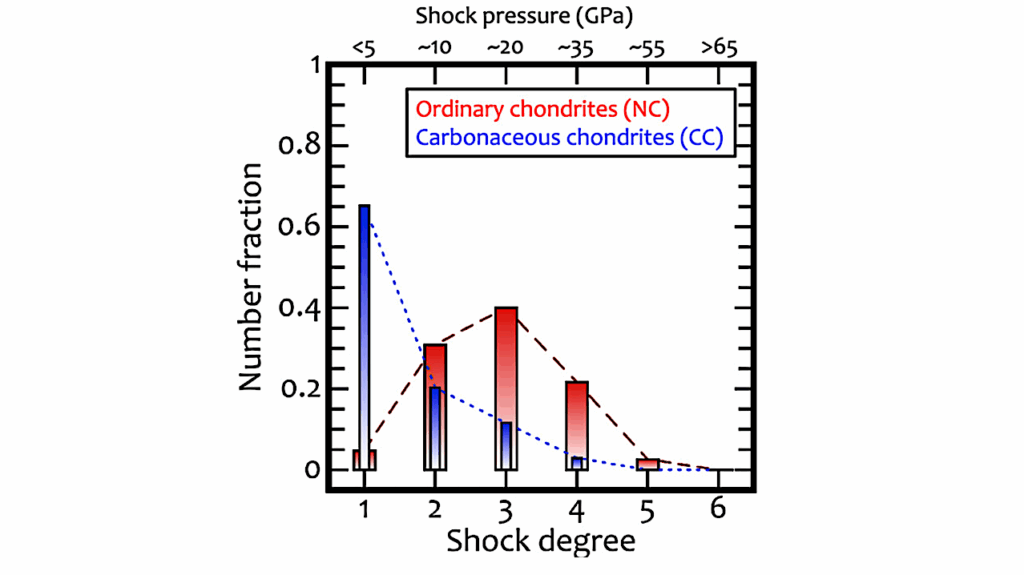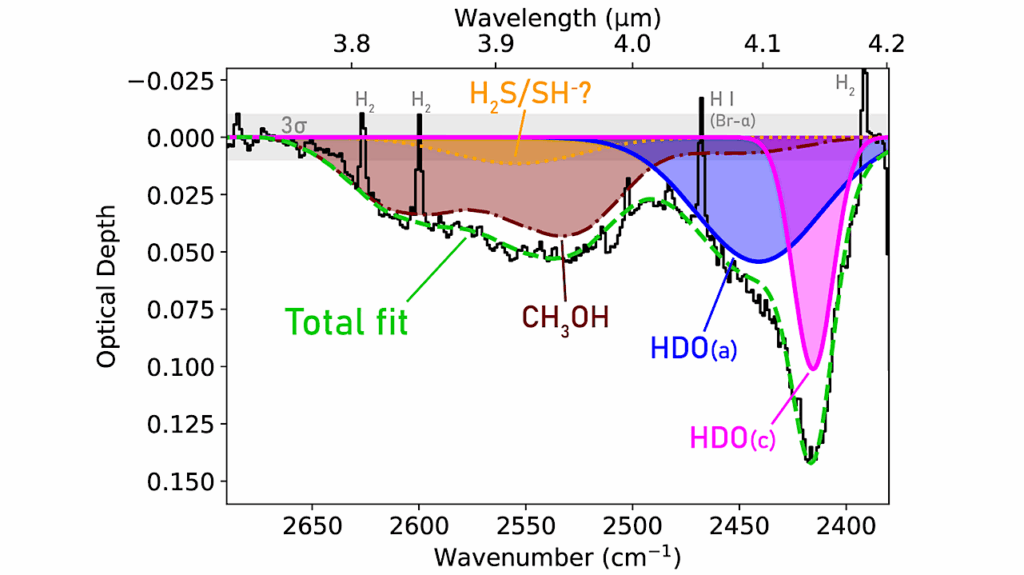Detailed Microwave Continuum Spectra from Bright Protoplanetary Disks in Taurus

We present new observations that densely sample the microwave (4-360 GHz) continuum spectra from eight young systems in the Taurus region.
Multi-component, empirical model prescriptions were used to disentangle the contributions from their dust disks and other emission mechanisms. We found partially optically thick, free-free emission in all these systems, with positive spectral indices (median αc≈1 at 10 GHz) and contributing 5-50% of the 43 GHz fluxes.
There is no evidence for synchrotron or spinning dust grain emission contributions for these targets. The inferred dust disk spectra all show substantial curvature: their spectral indices decrease with frequency, from αd≈2.8-4.0 around 43 GHz to 1.7-2.1 around 340 GHz.
This curvature suggests that a substantial fraction of the (sub)millimeter (≳ 200 GHz) dust emission may be optically thick, and therefore the traditional metrics for estimating dust masses are flawed. Assuming the emission at lower frequencies (43 GHz) is optically thin, the local spectral indices and fluxes were used to constrain the disk-averaged dust properties and estimate corresponding dust masses.
These masses are roughly an order of magnitude higher (≈1000M⊕) than those found from the traditional approach based on (sub)millimeter fluxes. These findings emphasize the value of broad spectral coverage – particularly extending to lower frequencies (∼cm-band) – for accurately interpreting dust disk emission; such observations may help reshape our perspective on the available mass budgets for planet formation.
Caleb Painter, Sean M. Andrews, Claire J. Chandler, Takahiro Ueda, David J. Wilner, Feng Long, Enrique Macias, Carlos Carrasco-Gonzalez, Chia-Ying Chung, Hauyu Baobab Liu, Tilman Birnstiel, A. Meredith Hughes
Comments: Submitted to Open Journal of Astrophysics, 20 pages, 16 figures
Subjects: Solar and Stellar Astrophysics (astro-ph.SR); Earth and Planetary Astrophysics (astro-ph.EP)
Cite as: arXiv:2507.21268 [astro-ph.SR] (or arXiv:2507.21268v1 [astro-ph.SR] for this version)
https://doi.org/10.48550/arXiv.2507.21268
Focus to learn more
Submission history
From: Caleb Painter
[v1] Mon, 28 Jul 2025 18:50:26 UTC (1,828 KB)
https://arxiv.org/abs/2507.21268
Astrobiology,








